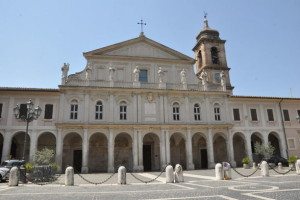
The image of this city is strongly linked to its steel mills and industrial development, but Terni is also one of the oldest cities in Umbria, as the Roman ruins of the Teatro Fausto confirm. Interesting local churches include the Duomo, the ancient Chiesa di Sant’Alò (a tiny Romansque gem), the Chiesa di San Salvatore, probably built on the site of a …
DETAILS
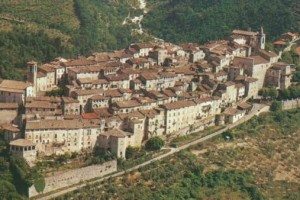
Set on an olive grove-covered hill, partly-walled Stroncone retains its historic atmosphere. The entrance to town is particularly picturesque thanks to the 17th century fountain and ancient castle gate. The Medieval Palazzo Comunale and the churches of San Nicolò and San Giovanni Decollato are worth a visit. Source: “La via di Francesco” – Edizioni San …
DETAILS
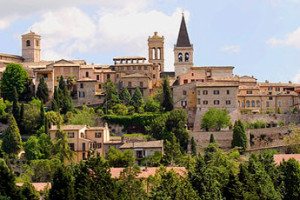
Spello blends its Medieval winding alleys and stone houses with a number of earlier Roman ruins, including the Porta Consolare (1st century B.C.), the Porta Urbica (or Porta San Ventura), and the Porta Venere—flanked by the two twelve-sided Torri di Properzio–from the Augustan age. The most important among its churches is Santa Maria Maggiore, dating from between the 12th and …
DETAILS
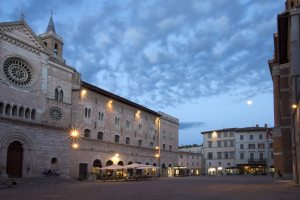
This city’s historic center includes important churches and noble palazzi. Visitors should stop at the Duomo, with its splendid Romanesque facade, the Palazzo Comunale, and the Palazzo Trinci, home of the Museo della Città (Municipal Museum). The Romansque Santa Maria Infraportas Church and the Palazzo Orfini, where the first edition of Dante’s “Divine Comedy” was printed, are also worth a visit. On the …
DETAILS
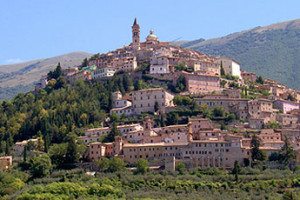
This town, perched on a hilltop over the Valle Spoletana, was admired by Leopardi for its beauty and offers a number of pleasant discoveries for lovers of art and culture. The Chiesa di San Francesco, where the saint passed in 1213, is now a museum of art and “Olive Culture” and holds a rich collection …
DETAILS
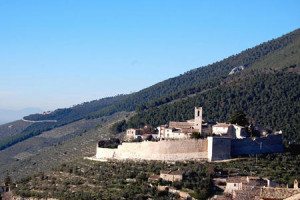
The white town walls are easy to spot above the verdant olive groves covering the sides of Monte Serano, upon which slopes this castle was built in 950 A.D. by Rovero di Champeaux. Outside the town walls, you can see the Convento dei Santi Giovanni Battista e Pietro, where the Clerici Regulares Sancti Paul, or …
DETAILS
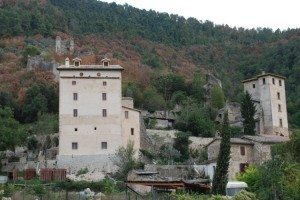
This town is divided into three sections – Bazzano Inferiore, Superiore, and Rocca di Bazzano – and was an important crossroads during the early Middle Ages for the Via Nursina towards Norcia and the Via Piancianina - or Via della Spina - towards the Marches, on which Hannibal is said to have passed after his victorious battle on Lake Trasimeno. Source: …
DETAILS
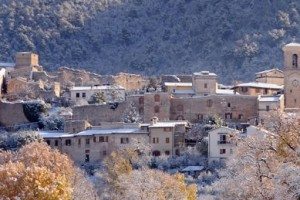
Perched on the mountainside, this town has a number of important churches richly decorated with excellent frescoes: the Chiesa di Santa Maria delle Grazie, the Chiesa di San Giovanni Battista and the Chiesa di San Michele Arcangelo, which is along the route of the Way and open to the public. Source: “La via di Francesco” – Edizioni San Paolo S.r.l.
DETAILS
© FRANCESCO'S WAYS | Privacy Policy | Crediti
